Rediscovering the Bell Island MineÂ
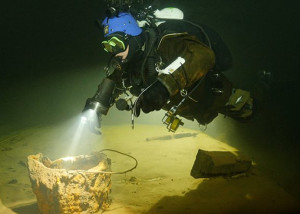 In 10 days, some of the world’s most intrepid cave divers will mount an expedition to penetrate a subterranean world that’s remained hidden for more than 50 years. Ultimately, they’re doing it for you.
In 10 days, some of the world’s most intrepid cave divers will mount an expedition to penetrate a subterranean world that’s remained hidden for more than 50 years. Ultimately, they’re doing it for you.
The post Rediscovering the Bell Island Mine appeared first on Scuba Diver Life.
Rediscovering the Bell Island Mine Read More »
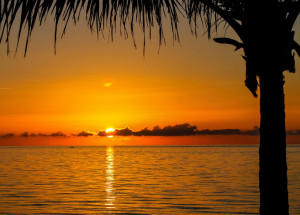 Bermuda is well-known for its shipwrecks, and this Bermuda dive site gives divers a 2-for-1
Bermuda is well-known for its shipwrecks, and this Bermuda dive site gives divers a 2-for-1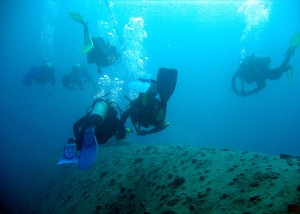 This wreck sits almost directly in the harbor of Hurghada, making it easy to reach for day boats and liveaboards alike, and offers great diving and an interesting bit of history.
This wreck sits almost directly in the harbor of Hurghada, making it easy to reach for day boats and liveaboards alike, and offers great diving and an interesting bit of history.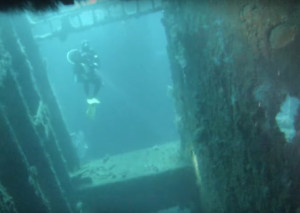 When Vanuatu gained independence from France and Great Britain in 1980, the local government declared that the Coolidge would become a protected wreck and dive site.
When Vanuatu gained independence from France and Great Britain in 1980, the local government declared that the Coolidge would become a protected wreck and dive site.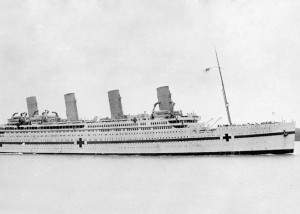 The Titanic’s sister ship makes for an excellent technical dive
The Titanic’s sister ship makes for an excellent technical dive